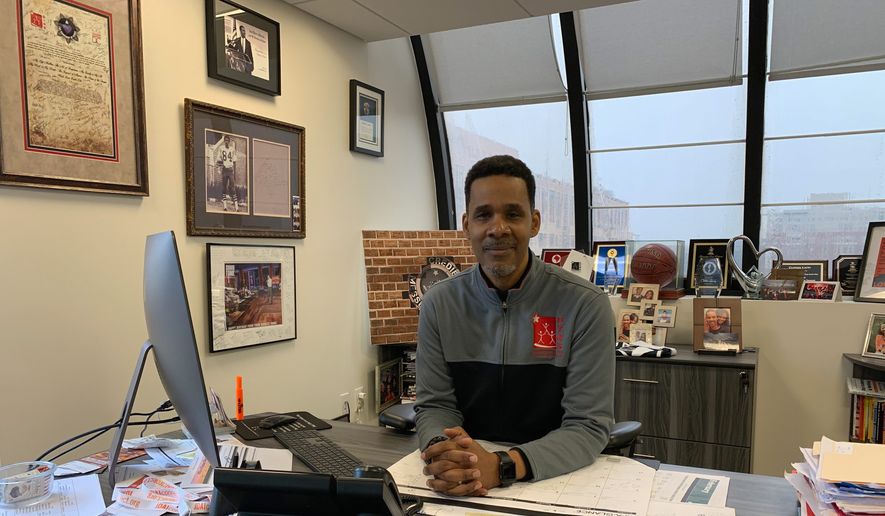The D.C. Department of Youth and Rehabilitation Services is “ready” to move forward without court supervision but is still committed to making improvements, says DYRS Director Clinton Lacey.
“We are going to continue to improve to try to make our facilities as effective in treating and healing and empowering our young people,” Mr. Lacey said in an interview. “Obviously, dangerous, horrible conditions are something we strongly oppose and work really hard to ensure that those types of conditions don’t ever come back.”
D.C. Superior Court Judge Herbert B. Dixon Jr. is scheduled to consider Wednesday ending the court’s oversight of DYRS following the city government’s announcement last week of a settlement in the class-action lawsuit Jerry M. v District of Columbia, which brought the long-troubled juvenile justice agency under scrutiny.
Once the court approves the settlement, Mayor Muriel Bowser can begin setting up a new independent office that will oversee DYRS, a mayoral spokeswoman said.
“There’s a common set of values. We share the value of providing the highest quality of care across the board, which I think was a huge asset in helping the plaintiffs and the District come to an agreement,” Mr. Lacey said.
The 35-year-old lawsuit alleged that confinement conditions in D.C. juvenile detention facilities were unconstitutional, specifically at the since-closed Oak Hill Juvenile Detention Center in Laurel, Maryland, which was notorious for its unsafe conditions, overcrowding and the use of physical punishment.
Under the settlement, Miss Bowser agreed to establish the Office of Independent Juvenile Justice Facilities Oversight to monitor four areas: critical incidents and assaults, behavioral health services, fire safety and health services. The office will be funded as part of the mayor’s budget for fiscal 2021, which starts Oct. 1, and Mark Jordan, who worked under the court’s special arbiter, will head the office, a mayoral spokeswoman said.
The settlement also would require that the court-appointed arbiter file brief reports on progress being made toward the agency’s goals in those areas through April; afterward, the independent agency will file those reports.
For example, with regard to critical incidents and assaults, DYRS has goals on defining and documenting such incidents and will analyze how that data informs decisions about policy and procedures, Mr. Lacey said.
The special arbiter has had 24/7 access to DYRS facilities, staffers, records and systems, and exercised the authority to establish goals for the agency to comply with — a time-consuming and labor-intensive effort, the director said.
But Mr. Lacey said his agency’s efforts won’t look substantially different without court supervision because it has done a lot of the work needed to reach a settlement with the plaintiffs, adding that he plans to sustain that effort.
Advocates and agencies from across the country already have come to DYRS to learn about its approach to restorative juvenile justice and tour its facilities such as the New Beginnings Youth Development Center.
The approach “is to provide the highest level of care, compassion and commitment to the healing and restoration of our young people so that they can be healthy, thriving members of our community with opportunities and with the time and the space to grow and develop like other children have who haven’t experienced or been a part of the justice system,” he said.
• Sophie Kaplan can be reached at skaplan@washingtontimes.com.




Please read our comment policy before commenting.